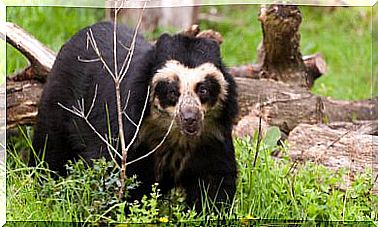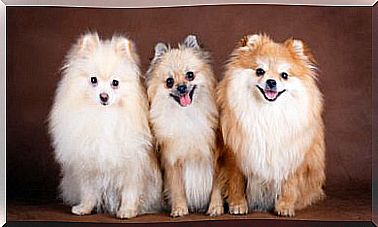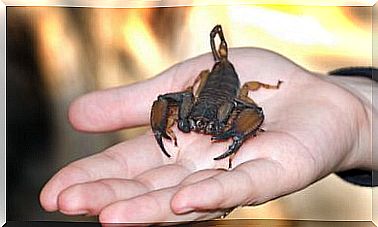Find Out If Your Cat Is Smart Or Not
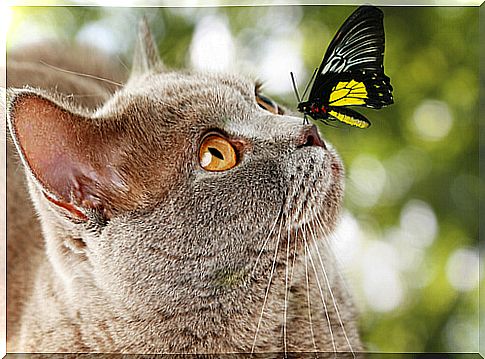
The rankings are usually obnoxious, since the parameters that are qualifying tend to be confused when it comes to whether your cat is intelligent or not. Basically this confusion arises when talking about animal intelligence vs. human intelligence. Let’s look at this in more detail.
The concept of intelligence is linked to the ability to understand or understand something, as well as the ability to solve problems, linked to mental processes such as perception and memory.
This concept encompasses both the animal and the human. Cats have the ability to store different types of information, which they collect through their senses (smell, taste, sight, touch and hearing), from the interaction with other animals and with human beings and the relationship they have with their environment.. This information will affect the behavior of cats because, despite being governed by instinct, they use their experience in a decision-making process.
Human intelligence goes a little further when it involves language, which consists of the ability to take references from the real world and, through a mental process, give meaning to the elements that surround it. This is the main characteristic of what is human.
Now, when talking about animal intelligence, emphasis is being placed on the first concept, the one that does not involve language, because although they carry out mental processes that affect their decision-making, allowing them to even manifest states of mind or needs. As well as understanding some features of our corporeality, they do not signify reality.
Even so, this difference is not very clear to many people, who confuse the processes of intelligence and language. Therefore, when we speak of feline intelligence we are referring exclusively to the process of using experience and how it affects the cat’s behavior.
A matter of race

There are specific characteristics within the different breeds of cats that cause them to be classified as more or less intelligent, keeping in mind the specific behavior patterns of each one of them. However, this is not a guarantee, since intelligence or the ability to develop it is mediated by experience, and this varies greatly from one individual to another.
The parameters that are taken into account when determining the intelligence of a cat are linked to how easily they get along with humans. It is a guideline that points directly to coexistence. Normally these rankings are headed by the noblest, most docile breeds that are best adapted to life at home, for example, the Scottish Fold, the Blue Russian or the Ragdoll and, proportionally, the last places are designated by the breeds that have a shorter domestication time and are characterized by being more independent.
Following this line, the behavior patterns that are kept in mind are:
Docility
This is a very common characteristic of new races, which come from crosses of races that have been between humans for centuries, and it has been sought to highlight this characteristic to facilitate home life. One of the main problems of coexistence with cats is due to the fact that they are still half wild, because they take less time to domesticate in relation to other animals, such as dogs.
Fast learning
Normally, it is difficult for more independent cats to learn basic rules of coexistence, and better not to mention tricks. This is because they quarrel with caregivers for maintaining the dominant role, thus resisting learning.
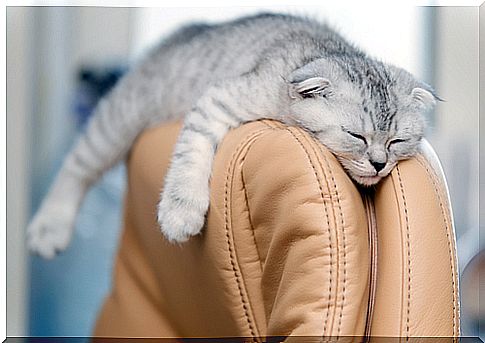
Ability to follow orders
The response time it takes for a feline to follow an instruction has a lot to do with this aspect . It is understood that the most intelligent cats are those that are capable of understanding a greater number of commands and words, and it is derived from the fact that the animal is interested in what its caregiver tells it, and that it has the sufficient disposition to follow the instructions.
Sociability
Because they are predators, normally live in small groups or alone, and are highly dominant, a cat’s sociability is mediated by instinct. Part of having a trusting, sociable cat implies that they have assumed a submissive role, making it easier for these individuals to accept others without quarreling.
